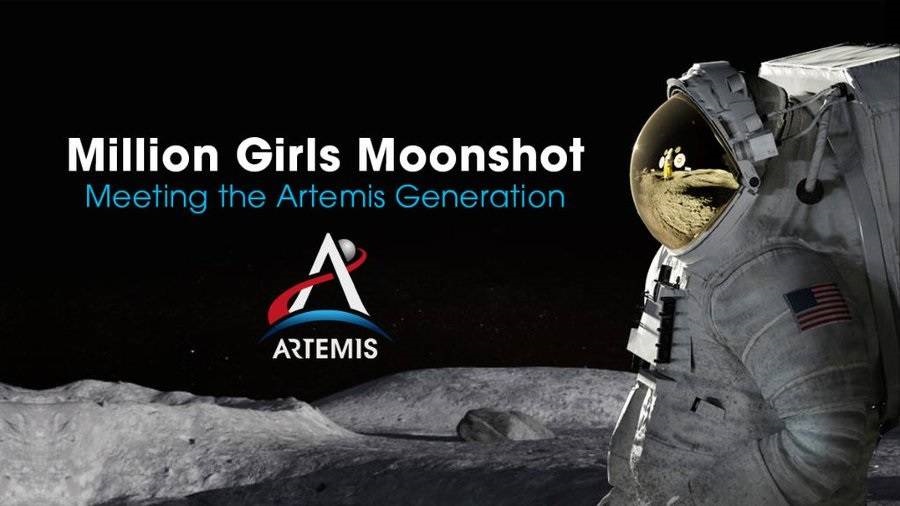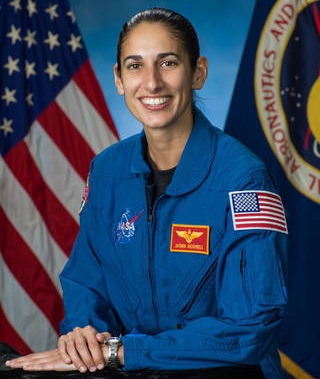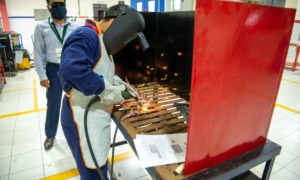 PHOTOS BY NASA
PHOTOS BY NASA
Girls in after-school programs across the country will have a chance to speak directly to astronaut Jasmin Moghbeli Friday at 3 p.m. Eastern time. Part of NASA’s Artemis mission, she will answer questions about how she became an astronaut and describe the Artemis Mission, which will land the first woman on the moon by 2024.
The video visit with Moghbeli is part of a campaign, the Million Girls Moonshot, to bring more girls into science and engineering. It’s also part of Lights On Afterschool, a week of virtual events promoting the value of after-school programs.

Jasmin Moghbeli
Campaigns to get underrepresented young people into STEM careers have not always been effective, Gabriela González, deputy director of the Intel Foundation, told Protocol magazine recently. She said there has been “duplication and redundancy” in different efforts targeting the same youth. They tend to be in the schools with kids already doing well in math and science and whose parents who may be scientists and engineers themselves, González said.
In contrast, the Million Girls Moonshot is reaching out through the after-school networks in all 50 states funded by the Charles Stewart Mott Foundation. More than 10 million kids are in 100,000 after-school programs across the country.
The idea is that interest in science can be sparked in after-school, youth development and summer programs, and students can gain mentors and get on career pathways there, according to the STEM Next Opportunity Fund, which is spearheading the Million Girls Moonshot. Museums, science centers and universities are also out-of-school sites that can reach kids.
The campaign seeks to create an engineering mindset among students. Kids can learn to use a multistop problem-solving process, explore the properties of materials and get used to trying a variety of solutions to solve a problem, for example.
Students can get on pathways leading to engineering and science careers through engineering units in after-school programs, engineering clubs and teams, summer engineering camps, competitions and programs that connect kids to mentors at various workplaces.
An equity and inclusion framework guides the program. Toolkits and professional development are available for after-school networks.
Million Girls Moonshot hopes to bring a million girls into STEM fields. The campaign was announced in mid-September, only 16% of the nation’s engineers are women and only 2% are Latina or women of color.
Funders are the STEM Next Opportunity Fund, the Charles Stewart Mott Foundation, the Intel Foundation and the Gordon and Betty Moore Foundation.
González of the Intel Foundation recalls how it took years for medical professions to embrace diversity. Science and engineering are further behind, she told Protocol. She said the focus should be on fixing the system.
“So we have to shift our focus from the people to the systems, and fixing the systems and investing in fixing the systems, because I believe if we do that, then the retention problem goes away and the ability of people to see themselves as engineers and scientists increases. They feel a sense of belonging when they’re not being pushed out, when they’re not feeling like they’re being discriminated against or treated differently or treated poorly,” she told Protocol.
This story has been updated.





























